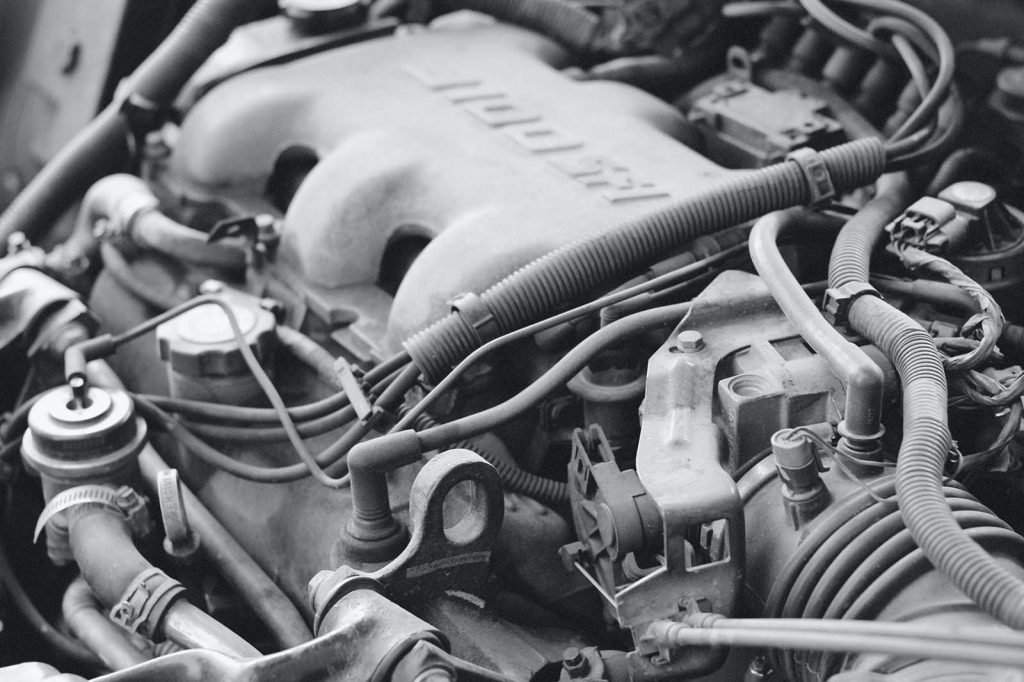A manual transmission, also known as a stick shift or a standard transmission, is a type of transmission commonly found in automobiles that allows the driver to manually change gears. Unlike automatic transmissions, manual transmissions require the driver to shift gears using a clutch pedal and a gear shift lever.
The basic components of a manual transmission include a clutch, a flywheel, a pressure plate, a gearbox, and a shift linkage. Let’s take a closer look at each of these components.
The clutch is a mechanical device that engages and disengages the engine from the transmission. It consists of a clutch pedal, a clutch disc, and a release bearing. When the driver depresses the clutch pedal, the clutch disc disengages from the flywheel, which is attached to the engine, allowing the driver to shift gears. When the clutch pedal is released, the clutch disc engages with the flywheel, transmitting power from the engine to the transmission.
The flywheel is a heavy metal disc that is bolted to the engine’s crankshaft. It provides inertia to help the engine maintain a constant speed and smooth operation. The flywheel also serves as a mounting surface for the clutch assembly.
The pressure plate is a spring-loaded device that presses the clutch disc against the flywheel. It is attached to the flywheel and uses a diaphragm spring or a set of coil springs to exert pressure on the clutch disc.
The gearbox is a series of gears that transmit power from the engine to the wheels. It consists of input shafts, output shafts, gears, and synchronizers. When the driver shifts gears, the synchronizers match the speed of the input and output shafts, allowing the gears to engage smoothly.
The shift linkage is a system of rods and levers that connects the gear shift lever to the gearbox. When the driver moves the gear shift lever, the shift linkage selects the appropriate gear by moving the synchronizer and engaging the corresponding gear.
In a manual transmission, the driver has more control over the vehicle’s speed and power output. By shifting gears at the right time, the driver can maximize fuel efficiency and acceleration. However, driving a manual transmission requires more skill and attention than driving an automatic transmission, as the driver must coordinate the clutch and gear shifts to maintain smooth operation.
In conclusion, a manual transmission is a complex mechanical system that requires precise coordination between the driver and the transmission components. While it may require more skill to operate than an automatic transmission, the control and responsiveness it offers make it a popular choice for driving enthusiasts.


